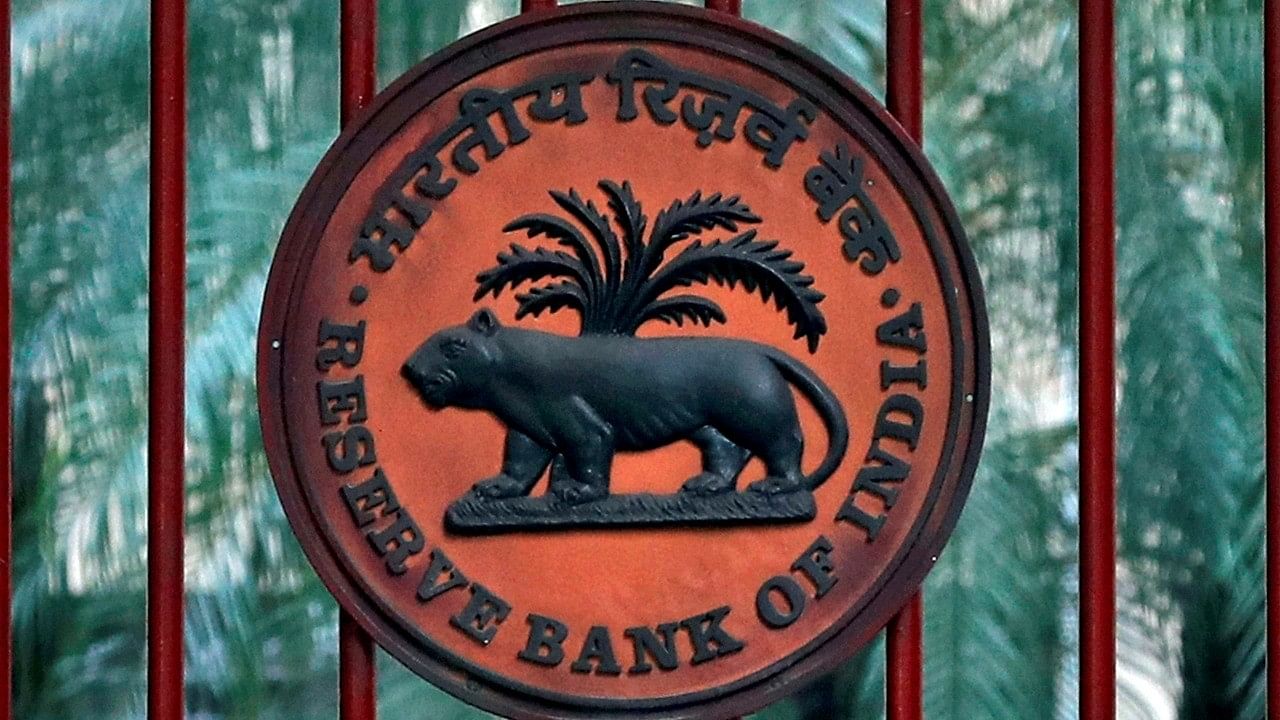
Representative image of RBI logo.
Credit: Reuters File Photo
The Indian economy has started doing well even in an unsupportive global environment, as the Modi-led government implemented various reforms in the last nine years, resulting in improvements in key macroeconomic indicators, according to RBI Monetary Policy Committee (MPC) Member Ashima Goyal.
But, there is still a long way to go to realise India's full potential, Goyal added.
"The UPA government inherited a strong economy and benefitted from a high growth period".
"But over-reaction to the global financial crisis after 2008 and many corruption scandals weakened the economy", she told PTI.
Goyal was asked how she would compare the performance of the UPA government's ten years (2004-14) and the Modi-led NDA government's nine years in office.
"The (Modi-led) NDA inherited double deficits (high fiscal deficit and high current account deficit), high inflation and weak banks, but has improved all these, and implemented other reforms so that the economy has begun to do well now even in an unsupportive global environment", she asserted.
Prime Minister Narendra Modi assumed office for the first time in May 2014. Modi led the Bharatiya Janata Party (BJP) to a majority of its own in the 2019 Lok Sabha elections.
On some US-based economists claim that India is overstating economic growth, Goyal said it is absurd to over-interpret quarterly results that are subject to seasonal and base effects as well as measurement issues.
Q1 growth is high because of the base effect due to a steep fall in growth to -23.2 in Q1 FY21 during the pandemic.
'Growth rebounded to 21.6 in Q1FY22, 13.1 in Q1FY23, and 7.8 in Q1 FY24,' she explained.
Last month, India recorded GDP growth of 7.8 per cent during the April-June period of 2023-24, the highest in the past four quarters.
While observing that the corresponding annual rates of growth in the last three fiscal years were -6.6 per cent, 9.1 per cent, and 7.2 per cent, she said the base effect is slowly fading, but this does not mean growth is decelerating.
"All kinds of data indicators suggest growth is robust", she said, adding that annual growth above 6 per cent is excellent during a global slowdown.
Noting that some US-based Indian-origin economists had argued that the fall in Indian growth in the 2020s was because of fundamental flaws that persist, Goyal said India's robust post-pandemic recovery has proved them wrong.
According to her, if there were fundamental problems, then India would not have done so well despite continuing global shocks.
"They (US-based economists) are wrong again in clutching at straws in quarterly growth rates", she said, adding that after the pandemic, as better data comes in, growth rates have been revised upwards, not downwards as they expected.
The eminent economist asserted that Indian growth is sustainable because of the growing economic diversity, resilience, strength and efforts of so many Indians and policy that is smoothing shocks.
Last week, the Finance Ministry also dismissed the criticism of inflated GDP, saying it has followed the consistent practice of using the income side estimates to compute economic growth, and stressed many international agencies have revised upwards their forecast after seeing the first quarter data.
The critics, the ministry had said, should have looked at other data like purchasing managers' indices, bank credit growth, increase in capital expenditure and consumption patterns to assess the growth.
India's real GDP growth was 7.8 per cent on a year-on-year basis in Q1 FY24, as per the Income or Production Approach.
Recently, former Chief Economic Advisor Arvind Subramanian, in an article, argued that India's GDP is not measured from the expenditure side rather than the productivity side.
Earlier this month, Chief Economic Advisor V Anantha Nageswaran rejected criticism of 'statistical discrepancy' in the first quarter GDP data, saying when the same statistical authority reported the severest contraction in the first quarter of 2020, the naysayers had called it credible as it suited their narrative.
The article was written in light of debates over India's economic performance and economist Ashoka Mody, a Princeton University professor, raising concerns regarding the country's GDP growth rate for the first quarter of the financial year 2023-24.